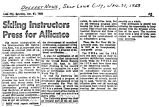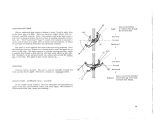Contents | 51 of 73
AZA_Misc1993_Part2
| Title | Miscellaneous |
| Subject | Utah, ISIA, Skiing |
| Date | 2009-11-18 |
| Format | application/pdf |
| Language | eng |
| ARK | ark:/87278/s6df9ph4 |
| Setname | uu_isia |
| ID | 906095 |
| Reference URL | https://collections.lib.utah.edu/ark:/87278/s6df9ph4 |
Page Metadata
| Title | AZA_Misc1993_Part2 |
| Format | application/pdf |
| Setname | uu_isia |
| ID | 906072 |
| Reference URL | https://collections.lib.utah.edu/ark:/87278/s6df9ph4/906072 |












































































